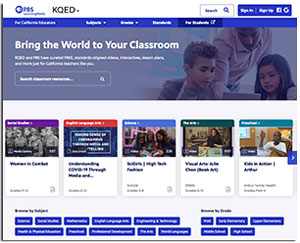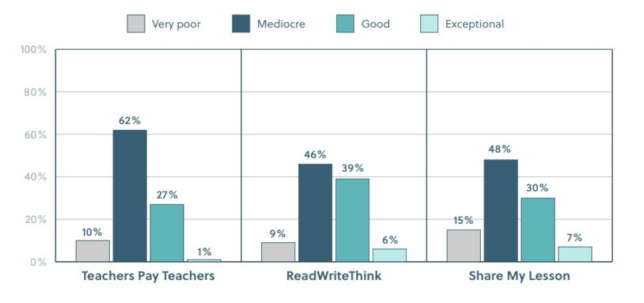SETDA, the State Educational Technology Directors Association, has produced the "Coalition for eLearning," to help state leaders and others make decisions about how to respond to school closures in the face of COVID-19.

Public broadcasting stations in California have announced plans to support students sequestered at home because of COVID-19 by delivering schedules of daily education television programs that mesh with state learning standards.
Discovery Education has released new resources aimed to help teachers educate students on the Coronavirus.

If you're seeking useful resources for educating your students about COVID-19, here are four resources we recommend, ordered by youngest learner to oldest.
The lessons use esports to teach a variety of career skills. The project, which involves schools in Miami-Dade County Public Schools, is being done in partnership with affiliate Florida Scholastic Esports League (FLSEL), a nonprofit that uses experiential learning to support teenagers and young adults in the state. The curriculum has been credentialed by the state.
The Character Tree is offering free subscriptions to its Black History Month video resources through the end of the school year.
Shortly, a partnership between Gale and Udemy will launch, bringing learning video content from Udemy to public libraries. "Gale Presents: Udemy" will provide library patrons with access to 3,500 on-demand video courses in 75 different topics from Udemy's business collection.

A recent report from the Thomas Fordham Institute found that lessons acquired through Teachers Pay Teachers and similar sites aren't worth using.
The program includes STEAM curricula (for grades 4 through introductory college courses), robotic telescopes with photo capture functionality and access to a private virtual clubhouse for sharing observations.
Two education technology companies are working together to add more interactivity to social studies learning. Britannica Digital Learning, the education arm of the company that produces Encyclopedia Britannica, has launched new features using tech from Pear Deck.